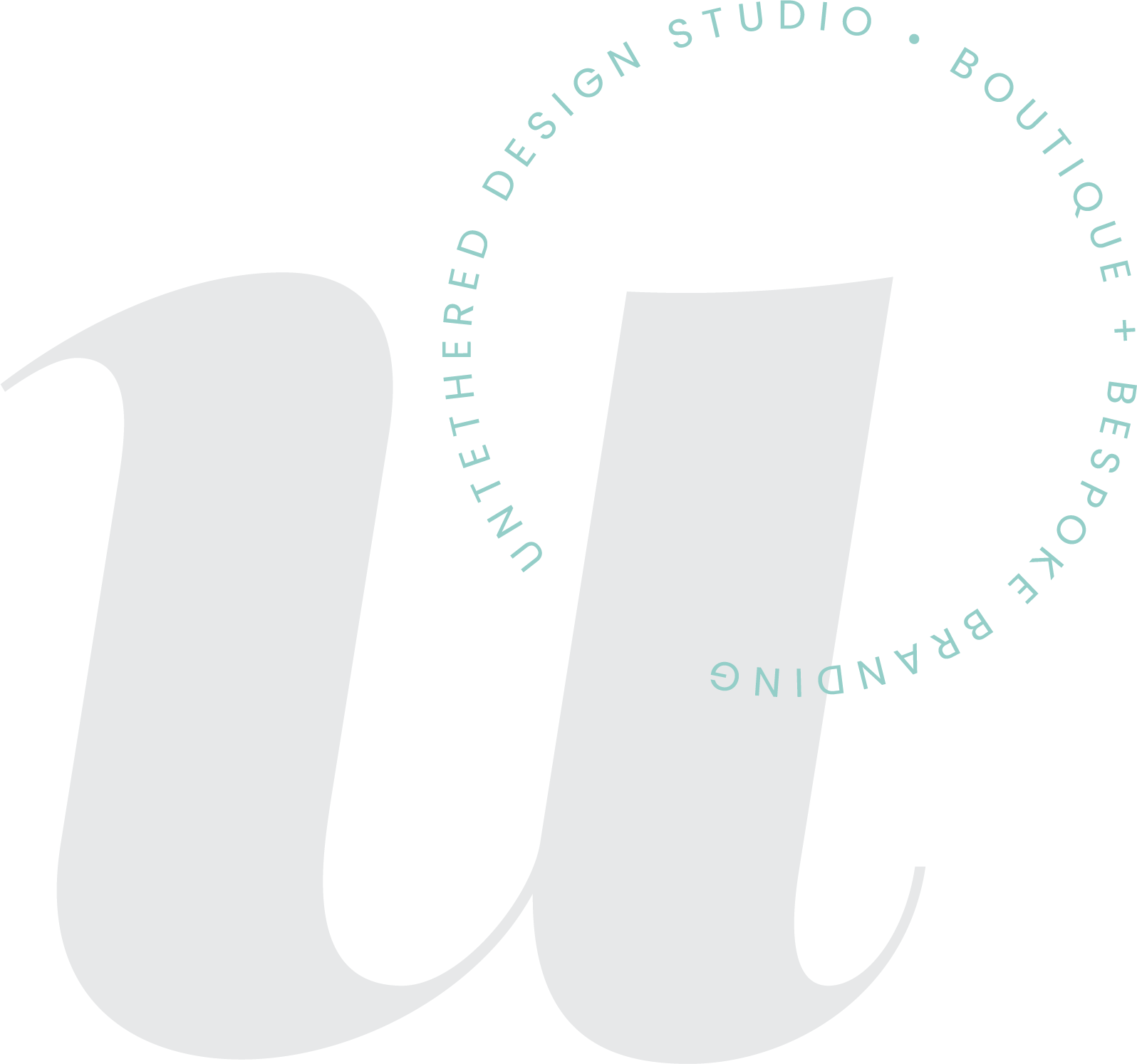The differences between 4 major file formats
When you’re not a designer or working with Adobe Photoshop and Illustrator on a daily basis, it can be difficult to differentiate between various file formats. Which ones are best for print or digital platforms? Which ones have a higher resolution and which ones tend to be lower? In what format should your logo be formatted?
Today, I’m giving you a quick and simple breakdown of the best practices and applications for four major and popular file types. I took these as an excerpt from a guest blog post that I wrote a few months ago, which you can find here. There are several other formats to consider as well, but these are the ones that I tend to come across and work with the most. Comment below if you find my tips helpful or if you need any information regarding a different one!
1. EPS (Encapsulated PostScript)
You’ve probably heard the word vector thrown around quite a bit. A designer loves to work with vector files because they’re scalable. You can literally enlarge them to fit any size or format in the world and they won’t lose quality. It’s the perfect file format for logos and illustrations. (Word of advice—when sending your logo to a designer, send them a vector file.) An EPS can contain both graphics and text.
2. JPEG (Joint Photographic Experts Group)
This file can be printed (think photos) but should be used primarily for the web. It will be pixelated when you try to enlarge it too much, and it will always print with a white box background behind it if placed against anything other than white. Some quality is lost when it’s saved because it’s compressed.
3. PNG (Portable Network Graphics)
This file type can be printed, but it should also be used more for web purposes. I prefer to use these over JPEGs, as they tend to have a little higher quality and transparent background (meaning you can place them against any background and they’ll translate clearly against it). It’s now the most popular lossless image compression format used.
4. PDF (Portable Document Format)
This is a universal file type that everyone knows and uses. High-res PDF files are standard for printing, but they can also be viewed digitally. They, too, will have a transparent background, when you’re using the PDF format of a logo.


